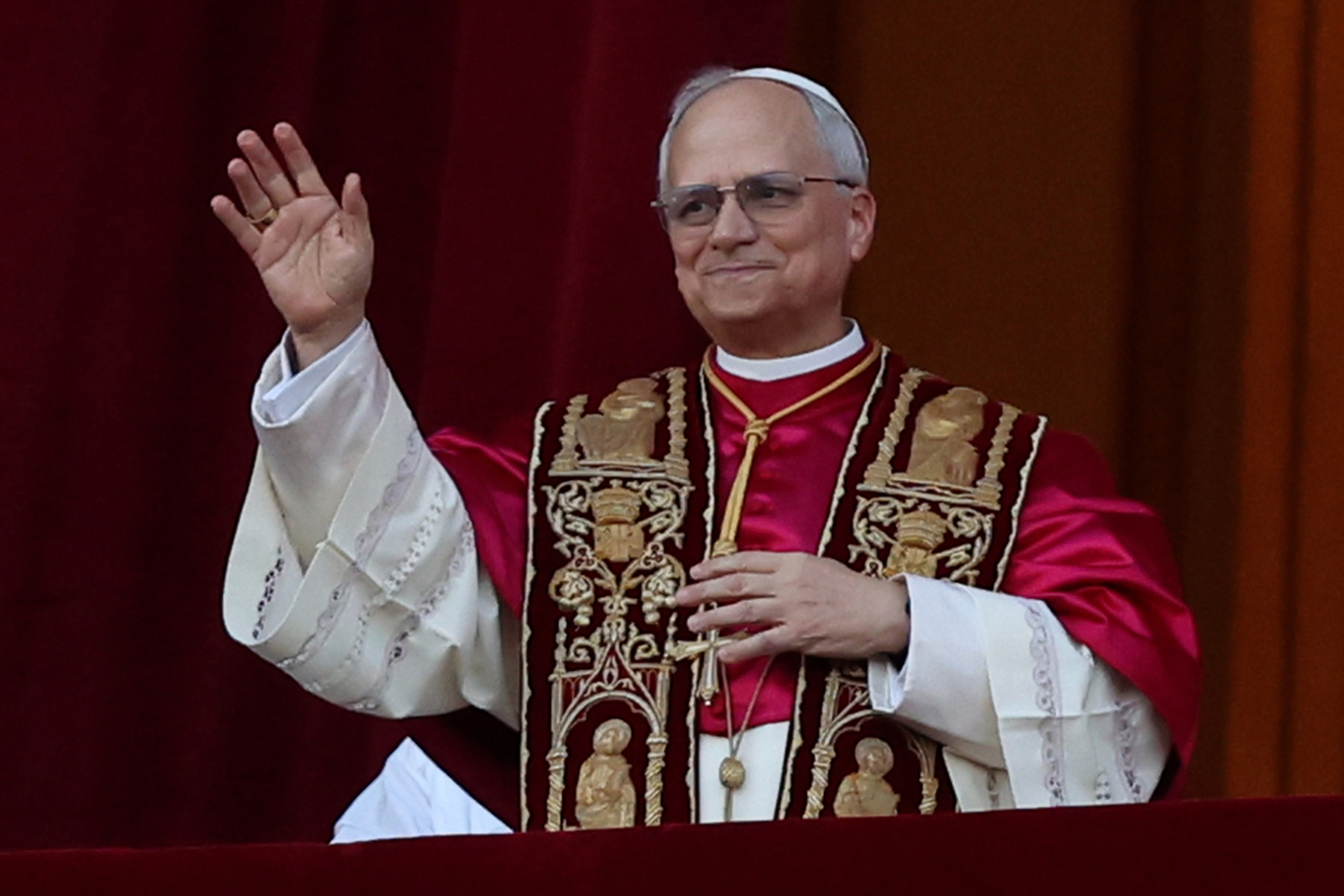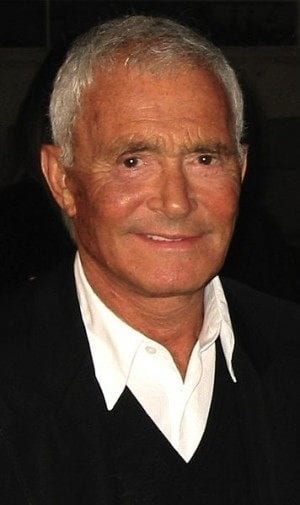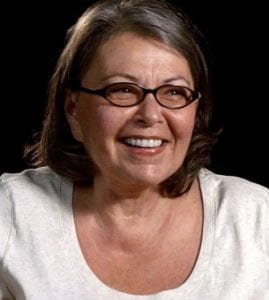
The Catholic Church witnessed a historic moment on May 8, 2025, when Pope Leo XIV became its first American leader in two thousand years. Cardinal Robert Francis Prevost emerged as the 267th pontiff after Pope Francis’s death. A conclave of 133 cardinal-electors chose him, which transformed the Church’s traditional leadership pattern.
This Chicago-born mathematician turned spiritual leader brings a fresh point of view to the Vatican through his dual citizenship of the United States and Peru. His extensive experience includes more than 20 years of service in Peru and several key positions within the Church hierarchy, such as Prefect of the Dicastery for Bishops. His papal name choice, Leo XIV, honors Pope Leo XIII, who championed social justice and workers’ rights in the late 19th century.
Catholics worldwide see this American Pope’s election as a pivotal moment. He plans to build upon his predecessor’s reforms. His multilingual abilities and balanced leadership style have earned him widespread respect throughout his church career. The Pope’s first public address demonstrated his steadfast dedication to inclusivity and building bridges between communities.
From Chicago to the Cloth: Early Life and Calling
Robert Francis Prevost, who became Pope Leo XIV, was born on September 14, 1955, at Chicago’s Mercy Hospital. His family made their home in Dolton, a modest suburb outside Chicago, though his deep connections to the city’s working-class South Side remained strong.
Prevost’s Catholic upbringing shaped his early years as the youngest of three boys. His father’s background reflected French and Italian heritage – Louis Marius Prevost served in the Navy during World War II and later became a school superintendent in Brookwood School District 167. His mother’s story added another layer of diversity – Mildred Agnes Prevost (née Martínez), who proudly claimed Spanish and Louisiana Creole roots, worked as a librarian after completing her studies at DePaul University.
The future pope’s childhood centered around St. Mary of the Assumption Parish in Riverdale. He attended elementary school there and immersed himself in parish life through choir singing and altar service. Young Prevost’s religious calling manifested early – he would gather his brothers in the family basement and conduct mock Masses, using candy wafers as communion hosts.
His journey toward priesthood began formally in 1969. The 14-year-old Prevost enrolled at St. Augustine Seminary High School in Holland, Michigan. Academic excellence marked his high school years – he received a Letter of Commendation and maintained his position on the honor roll consistently. Leadership roles came naturally as he led the yearbook team as editor-in-chief and participated actively in speech and debate.
Villanova University, an Augustinian institution near Philadelphia, became Prevost’s next destination. He earned his Bachelor of Science in mathematics there in 1977. The same year marked his entry into the Order of Saint Augustine’s novitiate in Saint Louis. His commitment deepened with first vows on September 2, 1978, followed by solemn vows on August 29, 1981.
The Catholic Theological Union in Chicago provided his Master of Divinity education, which he completed in 1982. Archbishop Jean Jadot ordained him as a priest that June in Rome. Prevost’s academic journey culminated at the Pontifical University of Saint Thomas Aquinas, where he earned his doctorate in canon law in 1987. His thesis explored “the role of the local prior in the Order of Saint Augustine”.
A Missionary’s Journey: Life and Work in Peru
Cardinal Prevost’s missionary journey began in 1988 as he arrived in Chulucanas, Peru, a small town in the northern Piura region. His canon law studies were complete, and he felt drawn to serve in a region where the Church faced big challenges but showed great promise for spiritual growth.
As a parish priest, Prevost dove deep into local communities and learned both Quechua and Spanish to connect better with indigenous populations. His math background came in handy as he set up educational programs in underserved areas that focused on literacy and job training for young Peruvians.
Prevost proved himself to be a capable administrator and became the prior of the Augustinian community in Trujillo by 1991. His leadership skills caught everyone’s attention, and three years later, he made history as the first non-Peruvian to be elected provincial of the Augustinian Province of Peru.
His time as leader focused on three main goals: better education, fighting rural poverty, and training new priests. The Augustinians opened six new mission parishes in remote Andean communities under his watch. On top of that, he led the construction of two medical clinics that helped indigenous people who had limited access to healthcare.
One of his biggest achievements was founding the Augustinian seminary in Trujillo in 1996, which has trained over 200 Peruvian priests since then. He made sure theological education respected local culture, which created a new generation of clergy who stayed true to their traditions while remaining solid in Catholic doctrine.
Pope John Paul II recognized his work and named him Bishop of Chiclayo in 1999, where he served until 2007. People knew him as a humble leader who often took the bus to remote villages instead of using the church car. This earned him a special nickname: “El Obispo del Pueblo” (The People’s Bishop).
His 20 years in Peru shaped the man who would become Pope Leo XIV. He gained real experience dealing with economic inequality, indigenous rights, and the Church’s challenges in developing nations. This period also showed his talent for connecting different cultures – a skill that later made him stand out as a strong candidate for the papacy.
From Bishop to Pope: Rise Through the Vatican
Pope Francis appointed Cardinal Prevost as apostolic administrator of Chiclayo in 2014. His consecration as bishop took place on December 12, 2014, and he became Bishop of Chiclayo in September 2015. Peru’s concordat required him to become a naturalized citizen of the country.
The Vatican saw Prevost’s influence grow as Pope Francis trusted him with several crucial roles. He joined the Congregation for the Clergy in 2019. The following year brought two new responsibilities – a position in the Congregation for Bishops and the role of apostolic administrator of Callao. In spite of that, his most important role came on January 30, 2023. Francis named him prefect of the Dicastery for Bishops and president of the Pontifical Commission for Latin America.
Prevost’s rise continued as Pope Francis made him cardinal on September 30, 2023, with the title of Santa Monica degli Agostiniani. Francis promoted him to cardinal-bishop in February 2025, giving him the title of the Suburbicarian Diocese of Albano.
The conclave did not see Prevost as a frontrunner initially, yet he quickly became the compromise candidate everyone could support. Reports showed votes gathering around him by the third ballot, and Cardinal Timothy Dolan’s crucial backing strengthened his position. Prevost’s fourth ballot numbers reached over 100 votes – nowhere near the required two-thirds majority of 89.
White smoke rose from the Sistine Chapel at 18:07 CEST on May 8, 2025. Cardinal Protodeacon Dominique Mamberti announced to the waiting crowds: “I announce to you a great joy: WE HAVE A POPE… Robert Francis Cardinal Prevost who has taken the name Leo XIV.”
Leo XIV celebrated his first Mass as pope and acknowledged his new role: “You have called me to carry that cross and to be blessed with that mission.”
SEE ALSO: Donald Trump Mandates Sweeping Changes to Education System












